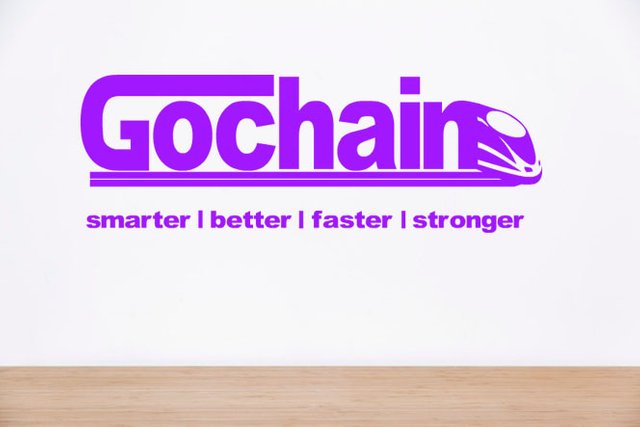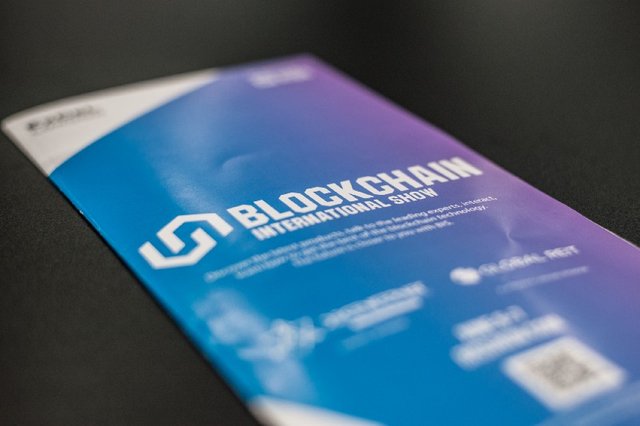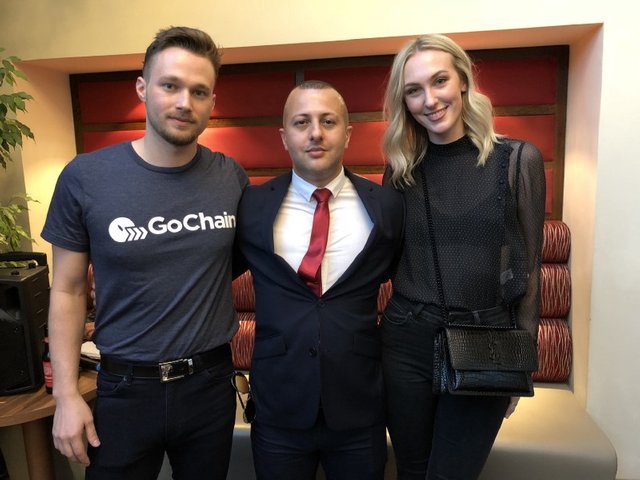My design for Gochain: The future of cryptocurrencies and the blockchain
The design for the platform:
I made this design by assembling the iconic platform train to its name, adding the rails and in different colors, to offer more options. I made a small animation of the design and added it to different environments: A van, a notebook and a white wall so it can be well appreciated.








Introduction to Gochain:
As promising as blockchain technology is, there is no hiding the fact that there are still lots of problems that need to be solved before mainstream adoption is possible. For one, at the moment, Bitcoin can only process ~7 tps and Ethereum, ~13 tps. Also, it sometimes takes hours before transactions can be confirmed. Another problem is how much energy cryptocurrencies consume due to the PoW mechanism: the energy used to run the Bitcoin network can power 3.5 million households in the US. Furthermore, Chinese mining corporations mine 75% of all blocks, compromising the decentralization of the Bitcoin and Ethereum networks and exposing them to a 51% probability of attack.
GoChain is a standalone blockchain and considered as the next generation smart contract platform. It is created in an advanced Ethereum codebase that determines the scaling problem instantly. GoChain currently has a working TestNet registering more than 1300 transactions per second ongoing with stability and has been operating as high as 2400 transactions per second.
The objectives of the platform is to be more decentralized, since they believe that open decentralization has not worked, taking into account that 70% of mining is concentrated in China, for a few mining farms. To avoid the monopoly of mining, Gochain will force those who carry out mining to be in different nations by unrelated companies. Another goal is to be 100 times faster, even handling high transaction volumes, something that vastly exceeds the Ethereum network that can only perform 13 transactions per second and Gochain plans to go for 1,300.
As is well known, one of the problems of bitcoin and blockchain is the immense amount of energy it uses to function, something that can be fatal for cryptocurrencies, but Gochain is on its way to using a thousand times less energy than the one that uses the first cryptocurrency that saw the market.

To solve these problems, GoChain aims to provide a scalable, low cost, and energy efficient platform for cryptocurrencies and decentralized apps. This platform will reportedly be built on an improved Ethereum codebase. To solve the decentralization problem outlined above, GoChain plans to introduce a new consensus algorithm called Proof-of-Reputation (PoR). PoR is a stronger and more secure update on the Proof-of-Authority (PoA) mechanism. Using PoA, blocks and transactions are validated by pre-approved individuals (known as validators); validators are incentivized for staking their identities and processing transactions on the network.In PoR, however, companies will be used as validators in the place of individuals.
The reasoning behind this is: a company with a reputation has more to lose than an individual. To make the PoR model work, GoChain plans to use 50 VC-backed startup companies in 50 different countries as validators. They believe that this will make the network difficult to compromise because no government can come in and take control of the network. With PoR, GoChain claims that their platform will be able to process 1300 tps; since it will be designed to work with off-chain solutions like Raiden or Plasma, the GoChain platform may be able to process transactions even faster.

The project also wants to reduce the energy needed to process blocks and according to them, their platform will be between 1,000 to 10,000 times greener than the status quo. Furthermore, GoChain plans to launch a new generation of smart contracts that allows parties involved to upgrade the contract, adjust terms, or fix bugs in the contract code. These smart contracts may also be paused or terminated.
GoChain’s token, GOC, will be ERC20-compliant and it is expected to be used to pay for fees/run smart contracts and DApps on the platform.
Roadmap
March 2018: Testnet live and available for review.May 2018: Public Network Launch.Q4 2018: Next Generation Smart Contracts.Q1 2019: Apache 2.0 Licensed Rewrite.Q2 2019: 13,000 tx/second.

If you liked what you read, find out more in these links:
- GoChain Website
- GoChain WhitePaper
- GoChain Telegram
- GoChain Telegram Announcement
- GoChain GitHub
- GoChain Reddit
- GoChain BitcoinTalk
- GoChain Twitter
- GoChain Facebook
- GoChain Medium
gochaingraphic2018